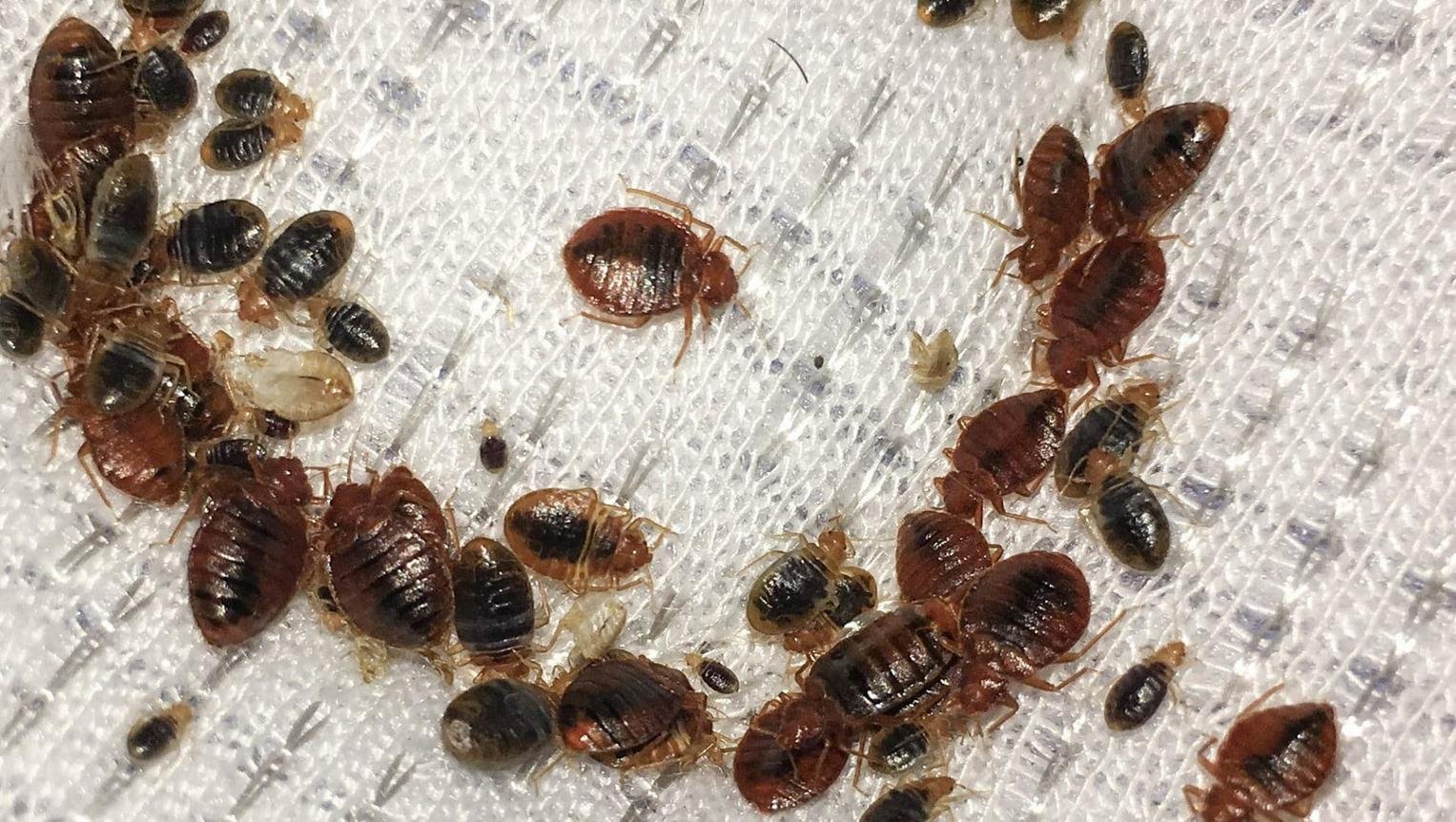The Ultimate Bed Pest Treatment Manual: Expert Insights and Recommendations
The quest for reliable bed pest therapy approaches has led to a wide variety of advice and options, some more dependable than others. From understanding bed insect behavior to applying avoidance approaches and determining problems, this thorough overview aims to gear up viewers with the knowledge required to deal with bed bug concerns effectively.

Recognizing Bed Pest Actions
Comprehending the elaborate behavioral patterns of bed insects is important for efficient insect control techniques. Bed bugs, scientifically understood as Cimex lectularius, are little, reddish-brown parasitic pests that eat the blood of human beings and animals. These nighttime parasites are proficient at concealing in fractures and gaps near their hosts' sleeping locations, making them testing to identify and remove.
.jpg)
Efficient Prevention Approaches
To successfully combat the spread of bed insects, implementing aggressive avoidance strategies is extremely important in keeping a pest-free environment. Among the key prevention methods is to consistently evaluate and clean locations where bed bugs can hide, such as bed linens, furniture, and splits in walls. Additionally, reducing clutter in living spaces can lessen possible hiding spots for these insects. Securing splits and holes in wall surfaces, floorings, and furnishings can likewise assist protect against bed pests from entering the premises. Utilizing protective covers on mattresses and box springs can function as an obstacle against bed bugs. When purchasing second-hand furniture or clothes, inspecting things completely before bringing them right into the home is important in protecting against bed bug infestations. Practicing good health and decreasing the threat of exposure to bed insects in public areas can aid in avoidance efforts. By including these preventative procedures into routine household routines, people can considerably reduce the likelihood of bed pest problems.
Identifying Bed Pest Problems
Upon getting in a room thought of a bed insect problem, one might notice little red or brownish areas on bedding or furniture, showing the visibility of these bugs. Bed bugs normally leave behind these obvious fecal stains as they prey on human blood during the night. One more typical sign of a bed pest invasion is the presence of molted exoskeletons shed by growing bed insects. These exoskeletons are clear and can be located near their concealing areas. In addition, bed insect control bug attacks on the skin, which appear as red and itchy welts often arranged in a line or collection, might suggest an infestation.
A musty smell in the area might also indicate the presence of bed insects, as these bugs release scents that lead to a distinct scent. Inspecting fractures and gaps in furniture, walls, and bed mattress joints might reveal actual bed insects, which are reddish-brown, oval-shaped pests regarding the dimension of an apple seed. Comprehending these site indicators is essential for early detection and reliable therapy of bed bug infestations.
Suggested Treatment Techniques
Effective bed insect treatment approaches rely on a mix of thorough evaluation, targeted extermination, and preventative measures to get rid of infestations properly. The very first step in dealing with bed pests is a thorough assessment to identify the level of the invasion. This typically involves analyzing areas where bed insects are likely to conceal, such as mattress joints, furnishings joints, and electrical outlets. As soon as the problem is confirmed, targeted elimination techniques can be employed. Typical strategies include making use of insecticides, warm treatments, or cold techniques to eliminate bed pests in all life stages. It is vital to adhere to the directions supplied by pest control professionals when using these approaches to guarantee safety and efficiency.
In addition to elimination, safety nets play an important function in stopping future infestations. This includes routinely cleansing and decluttering living spaces, sealing splits and holes where bed insects can hide, and using bed mattress encasements to protect versus infestations. By incorporating comprehensive evaluation, targeted extermination, and preventative actions, people can effectively fight bed pest infestations and maintain a bed bug-free atmosphere.
Maintaining a Bed Bug-Free Atmosphere
After executing efficient bed bug therapy approaches, maintaining a bed bug-free setting calls for consistent caution and aggressive steps to stop future invasions. Regularly evaluating living spaces, especially beds, furnishings, and fractures in walls, is important. Encasing bed mattress and box springs with bed bug-proof covers can prevent any kind of remaining bed insects from getting away or brand-new ones from infesting. Vacuuming frequently, specifically along walls, rugs, and upholstery, assists to get rid of any kind of prospective bed insects or eggs. In addition, cleaning and drying out bed linen, linens, and apparel over heat can remove any kind of bed bugs existing. It is vital to declutter living rooms to reduce concealing places for bed bugs. Sealing fractures and crevices in walls, furnishings, and various other prospective hiding places can limit bed pest motion and protect against invasions. If taking a trip or getting second-hand furnishings, check products extensively before bringing them right into the home. ez bed bug exterminator chicago. By complying with these proactive steps continually, a bed bug-free setting can be kept properly.
Final Thought
